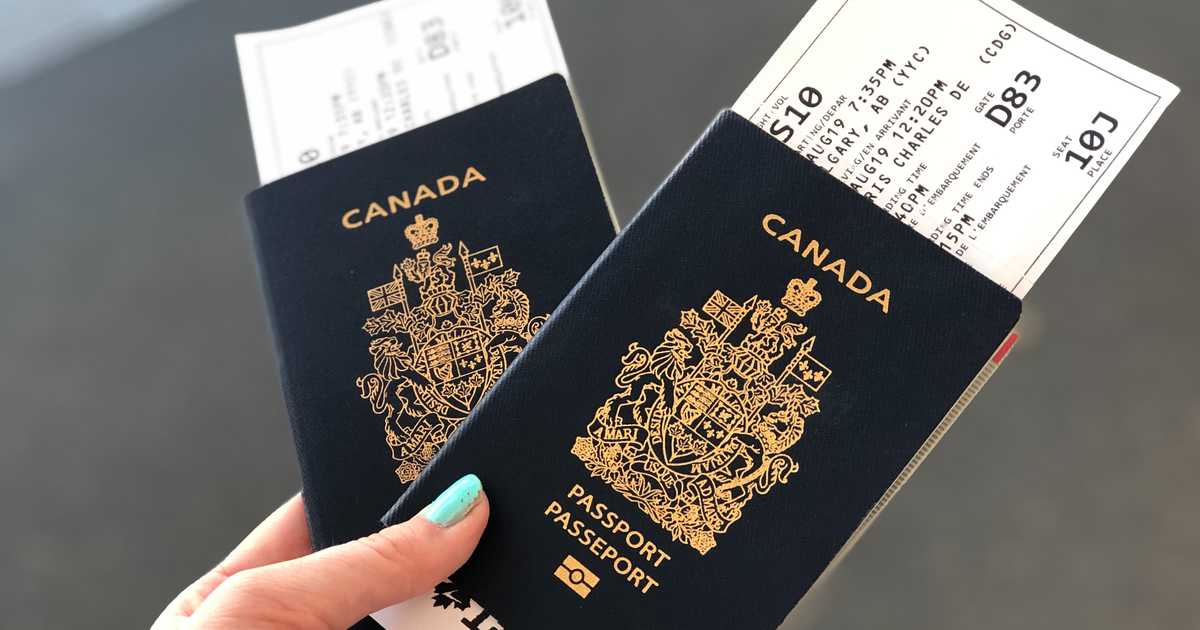When you apply to immigrate to the United States, you may have to wait weeks or even months before you hear anything back after you’ve filed your application. It’s also unlikely that you’ll receive continuous notifications as your application moves through the various stages of the process to approval.
Method1
Checking Your Status with the USCIS
Find your Application Receipt Number. You must have an Application Receipt Number to check the status of your immigration case online with the USCIS. This 13-character number can be found on any application notice you’ve received from the USCIS.[2][3]
- You will be issued this number on the notice sent by the USCIS acknowledging receipt of your application.
- The number begins with three capital letters, such as EAC or LIN, that correspond to the office handling your application.
- If you filed an application several weeks ago and still haven’t received this first notice, you can go to the USCIS website and make an appointment to speak with an agent at a local field office.
- Bring personal identification and your copy of your application to this appointment, along with any proof of submission that you have.
Visit the USCIS website. Once you have the information you’ll need to check your application’s status, go to the USCIS website at www.uscis.gov and click the “Check My Case Status” link to get to the case status page.[4][5]
- From this page, you can either enter your application number and check your status directly, or sign up for an online account.
Enter your information. From the USCIS case status page, type your 13-character receipt number in the blank. Double-check what you’ve entered to make sure it’s correct, then click “Check Status” to get information on the status of your application.[6][7][8]
- You shouldn’t enter any dashes, but any other characters are considered part of your unique number.
- Since your Application Receipt Number is unique to you, no additional information is required to retrieve the status of your application.
- Keep in mind this status check only shows you the most recent status – you can’t access your case history.
Consider creating an account. While on the page to check your most recent case status using your Application Receipt Number, you also have the option of creating a MyUSCIS account, which can help you manage your case information more easily.[9][10]
- While you can check your most recent case status online at any time, you don’t have the ability to look at any previous status updates to check the progress of your case or download copies of your application or other forms you’ve filed.
- With an account, you have the ability to view your entire case history, as well as view and download copies of petitions, applications, and any other documents filed or notice generated with respect to your immigration case.
Method2
Checking Your Status with the National Visa Center
Get your confirmation notice. When you submit a visa application to the State Department’s National Visa Center (NVC), you’ll receive a notice confirming the receipt of your application. This confirmation notice contains a barcode that identifies your application in the NVC system.[11]
- Directly under the barcode, you’ll see a 10-digit number. This is your unique Consular Electronic Application Center (CEAC) number.
- Despite the fact that it’s referred to as a “number,” it typically will contain both numerals and letters.
- You must have your CEAC number to check the status of your visa application on the CEAC website. You may need additional information depending on whether you applied for an immigrant or non-immigrant visa.
Visit the CEAC website. When you have your confirmation notice handy, go to ceac.state.gov to check the status of your visa application. Select either immigrant or non-immigrant visa to produce blanks for your information.[12][13]
- If you applied for an immigrant visa, you must enter your Immigrant Visa Case Number, which will begin with three letters. Do not include any dashes.
- If you applied for a non-immigrant visa, you must select the location of the U.S. consulate where you will be interviewed, then enter your application ID or Case Number. The application ID is the same as the CEAC number on your confirmation notice.
- Enter the Captcha code to confirm you are not a robot, then click the “Submit” button.
Find out the status of your application. Once you submit your information, a pop-up box will appear that provides the most recent status of your visa application. The type of status message you receive will differ depending on whether you applied for an immigrant or non-immigrant visa.
- If the message returned says “no status,” this means that you probably recently submitted your application and it’s not in the system yet.
- If it’s been a few weeks since you submitted your application, you likely will get an “administrative processing” status. This processing can take weeks, if not months. Any questions or concerns should be directed to the U.S. consulate where your visa interview is taking place.
- Unlike the USCIS, this website does not give you the option of setting up an account. Accordingly, you will only get the application status that was most recently entered for your case.
Method3
Getting Additional Assistance
Contact the USCIS. The USCIS provides a number of free resources that you can access online, over the phone, or in-person by making an appointment at your nearest field office. Be wary of anyone offering to provide you instructions or information on how to fill out immigration forms – you can get this information for free.[14][15]
- The USCIS runs the National Customer Service Center (NCSC), which provides information and assistance with immigration issues over the phone.
- If you are inside the United States, you can call 1-800-375-5283. Outside the U.S., the phone number is 212-620-3418.
- Automated information is available 24 hours a day, seven days a week. This includes status updates on your application. The information given over the phone is the same as the information you would get if you checked your immigration status online.
- If you’re calling from inside the U.S., you can speak to a live operator on Mondays through Fridays during regular business hours.
Consider consulting an attorney. If you’re not sure which application to use or are concerned about your ability to gather the documents needed to complete a U.S. immigration application, you may want to hire a lawyer to represent you.[16][17]
- An immigration lawyer also can assist you if you’re dealing with unexpected or extended delays. A small mistake can result in the delay or even denial of your visa application, and it may be a mistake that only an experienced immigration attorney would pick up on.
- An experienced attorney also knows what to expect from the process and how to avoid any potential delays. Typically they’ve worked extensively with the USCIS agents working in the field office nearest them, and can help you streamline the process toward approval of your application.
- If you decide to hire an attorney, interview at least three before you make a final commitment. Most immigration attorneys provide a free initial consultation, so it won’t cost you anything to check them out and learn more about how they can help you.
3
Find a translator. If you don’t feel competent reading or writing in English, you can have someone translate your immigration documents, and your responses, for you. You can have a trusted friend or family member do this for you, or you can hire someone.[18]
- Keep in mind that this person does not represent you, and cannot give you advice on how to complete your application.
- All they can do is read the document to you in your native language, and write down your responses in English for you. If you want forms or notices translated in writing, they also are allowed to do that.
- While someone may ask for a small fee for translation services, be wary of someone who claims to have special knowledge about the immigration process or claims they can get your visa approved faster.
- The USCIS only allows someone else to represent you – meaning advise you and speak for you in interviews or communicate with USCIS agents on your behalf – if they are either a licensed attorney in good standing or a representative accredited by the Board of Immigration Appeals.




